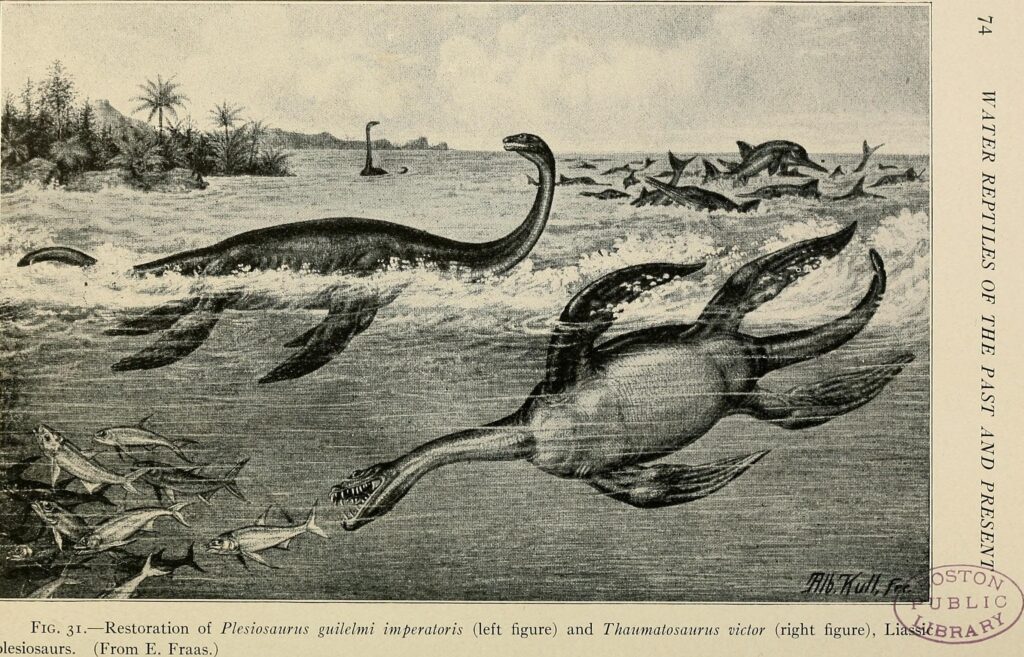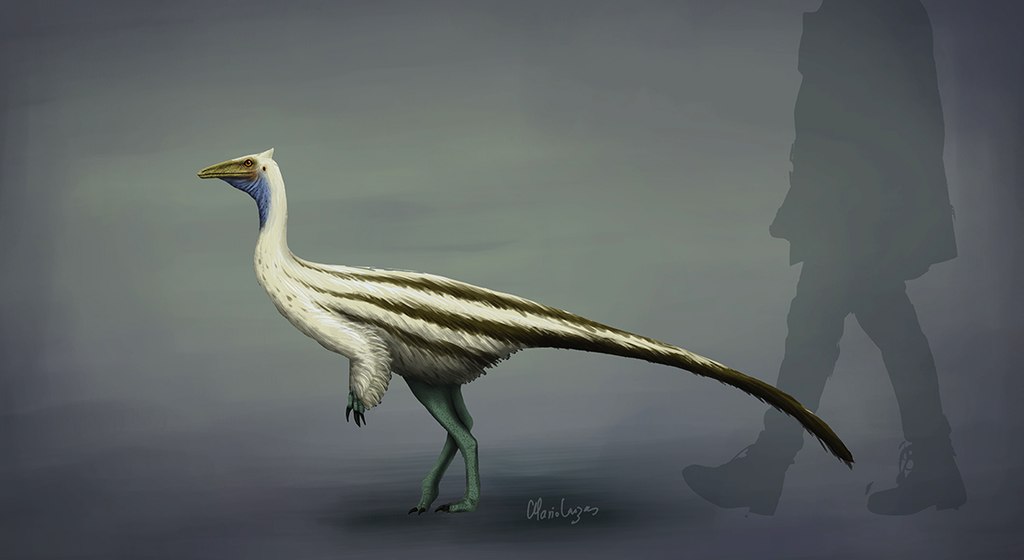Hidden beneath the bustling streets of Paris lies a gateway to prehistoric worlds that existed millions of years before the Eiffel Tower pierced the sky. The Muséum National d’Histoire Naturelle stands as one of Europe’s most extraordinary fossil repositories, housing creatures so ancient and bizarre they seem ripped from the pages of science fiction. While tourists flock to the Louvre for Renaissance masterpieces, few realize that just across the Seine, specimens of Earth’s most incredible life forms await discovery. This isn’t just another dusty museum filled with old bones – it’s a time machine that transforms our understanding of life itself.
The Birth of a Scientific Empire
The Muséum d’Histoire Naturelle didn’t begin as the fossil wonderland we know today. Founded in 1793 during the French Revolution, it emerged from the Royal Garden of Medicinal Plants, originally created for King Louis XIII in 1635. The revolutionary government transformed this royal luxury into a public institution dedicated to scientific education and research. What started as a collection of medicinal herbs and exotic curiosities gradually evolved into one of the world’s most comprehensive natural history museums. The museum’s paleontology galleries began taking shape in the 19th century, when French explorers and scientists started bringing back fossilized treasures from expeditions across the globe.
Giants in the Gallery of Evolution
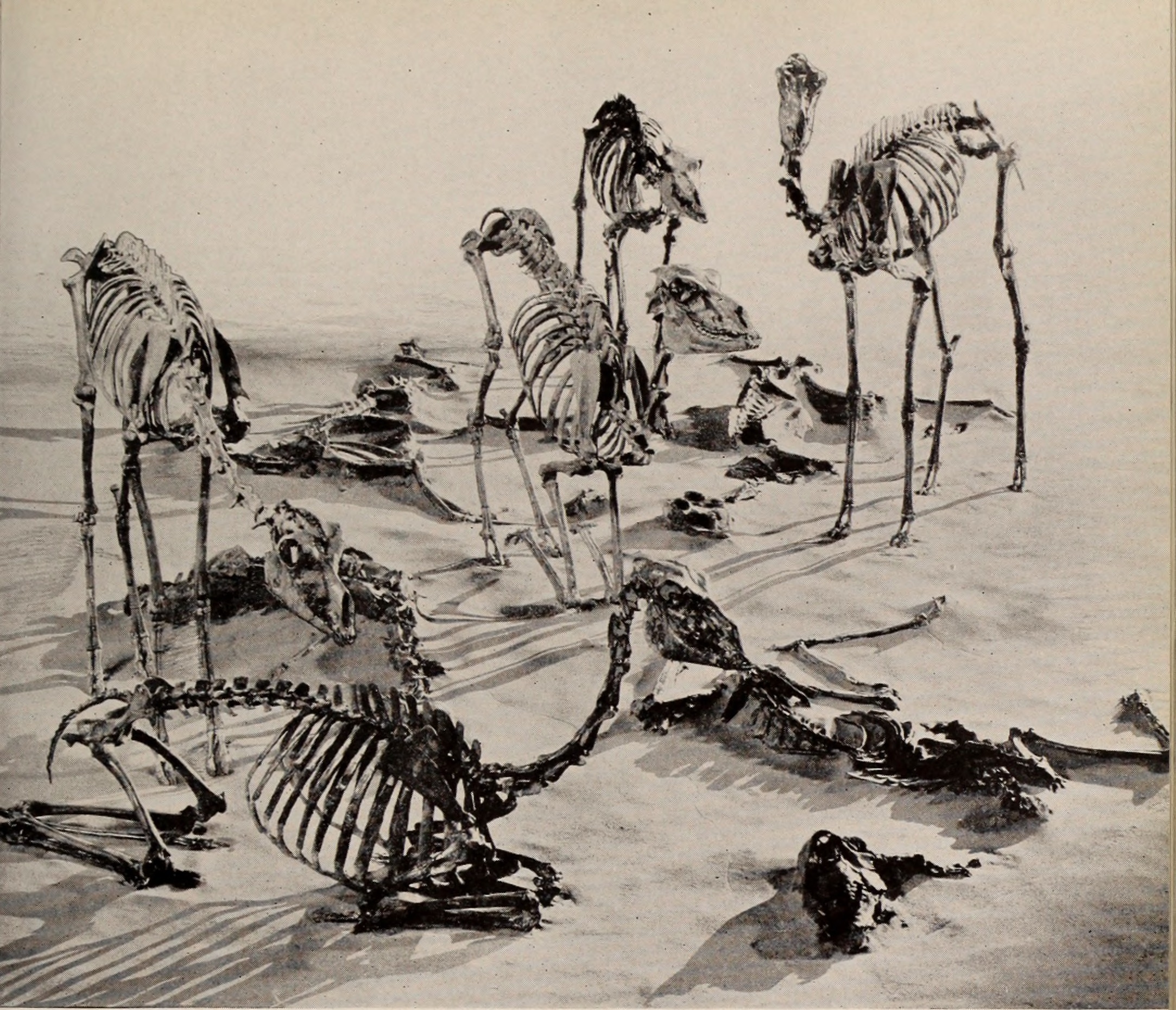
Step into the Grande Galerie de l’Évolution, and you’re immediately confronted by towering skeletons that dwarf even the tallest visitors. The museum’s collection of prehistoric mammals is absolutely staggering, featuring complete skeletons of mammoths, giant ground sloths, and saber-toothed cats that once roamed ancient landscapes. Among the most impressive specimens is a perfectly preserved woolly mammoth skeleton, its curved tusks reaching toward the vaulted ceiling like ancient ivory prayers. The gallery doesn’t just display these creatures – it tells their stories through interactive exhibits that bring these long-dead giants back to life. Walking through these halls feels like witnessing a prehistoric parade frozen in time.
When Dinosaurs Ruled Before the Romans
Long before Caesar’s legions marched through Gaul, France was home to some of the most fearsome predators ever to walk the Earth. The museum’s dinosaur collection showcases spectacular specimens discovered right in French soil, including the massive Sarcosuchus, a crocodile so large it could have snapped a T-Rex in half. French paleontologists have unearthed remarkable dinosaur fossils from the Languedoc region, some dating back over 70 million years. The museum’s crown jewel might be its collection of dinosaur eggs from the Aix-en-Provence area, some still containing fossilized embryos that offer glimpses into prehistoric nurseries. These discoveries prove that France wasn’t just brewing wine and crafting cheese – it was hosting some of the most dramatic chapters in Earth’s biological history.
The Mysterious World of Marine Reptiles
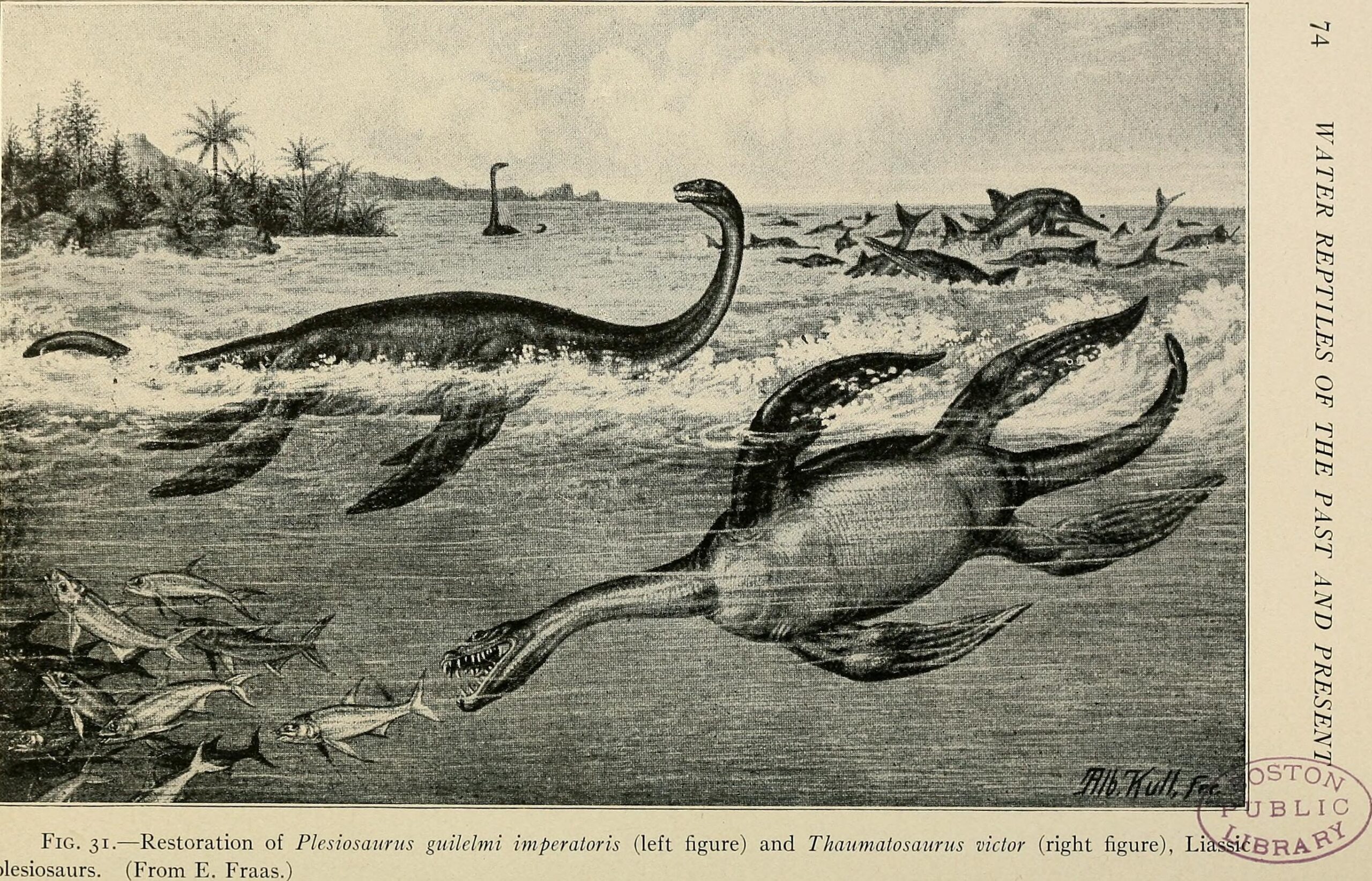
Before whales dominated the oceans, massive marine reptiles ruled the ancient seas that once covered much of Europe. The museum houses an incredible collection of ichthyosaurs, plesiosaurs, and mosasaurs that swam in prehistoric waters where Paris now stands. These ocean giants, some reaching lengths of over 50 feet, possessed teeth like railroad spikes and flippers powerful enough to propel them through water at incredible speeds. The museum’s star marine reptile is a nearly complete Leedsichthys skeleton, a fish so enormous it makes today’s whale sharks look like minnows. Visitors often gasp when they realize these monsters once glided through waters that eventually became the romantic Seine River.
Amber Treasures and Frozen Time

The museum’s amber collection represents some of the most perfectly preserved prehistoric life on Earth, captured in golden resin like nature’s own time capsules. These translucent gems contain insects, spiders, and plant fragments that are millions of years old, yet so well-preserved you can see individual wing scales and tiny hairs. The collection includes remarkable specimens from Baltic amber deposits, some containing complete prehistoric ecosystems frozen in a single drop of ancient tree sap. Scientists use these specimens to understand prehistoric climates, ancient forests, and the evolution of insects that still buzz around us today. Looking at a prehistoric mosquito trapped in amber, you can’t help but think about how this tiny creature might have witnessed the last days of the dinosaurs.
The Secret Life of Prehistoric Plants
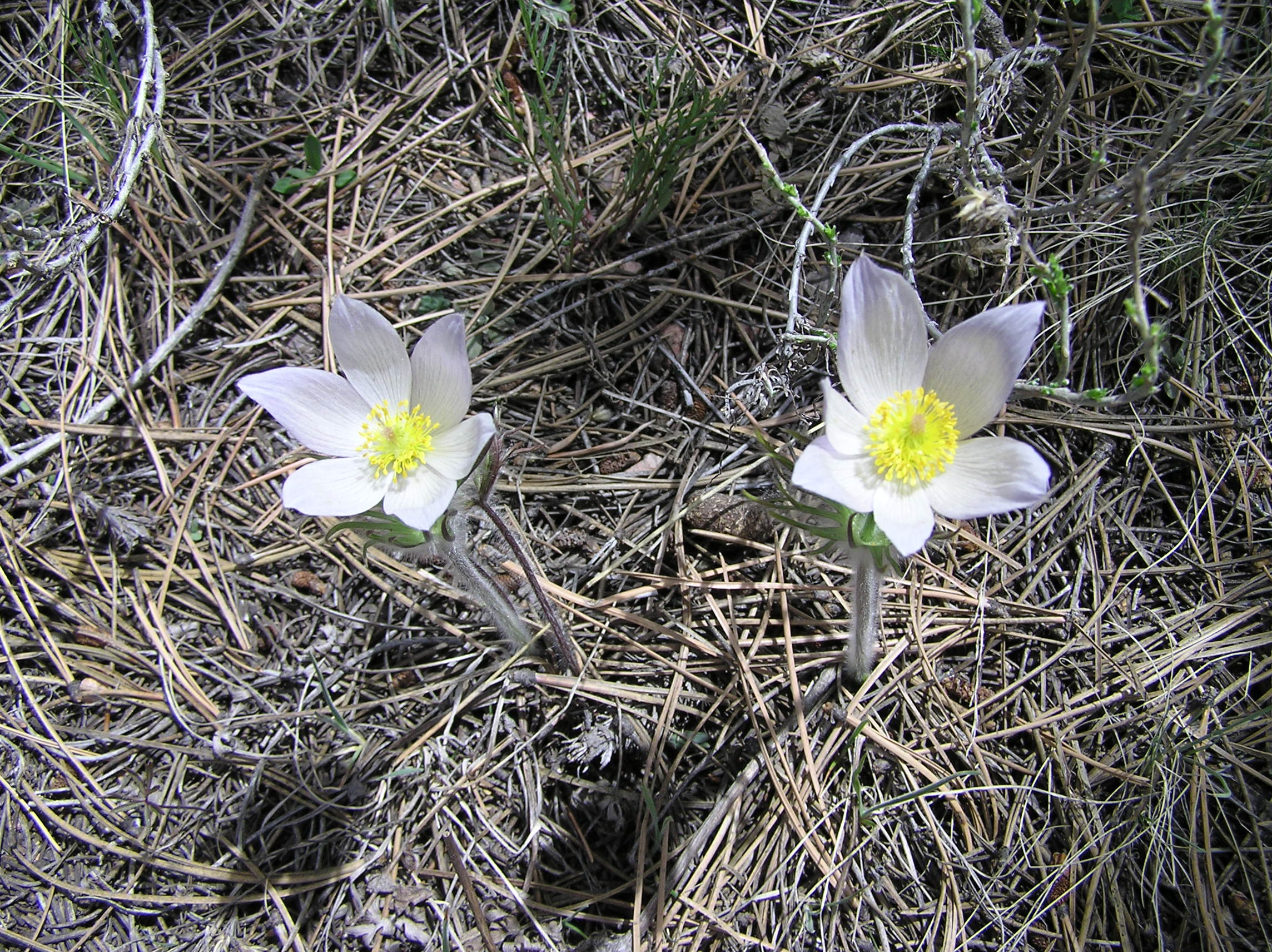
While dinosaurs grab the headlines, the museum’s fossil plant collection tells an equally fascinating story about Earth’s ancient landscapes. These specimens reveal that 300 million years ago, giant ferns towered like trees, creating prehistoric forests that would seem utterly alien to modern eyes. The collection includes remarkable specimens of Lepidodendron, scale trees that reached heights of 130 feet and formed the coal deposits we burn today. Fossilized leaves, seeds, and wood fragments paint a picture of ancient climates and ecosystems that shaped the evolution of all life on Earth. The museum’s botanical fossils prove that plants weren’t just passive background players – they were the architects of prehistoric worlds.
Trilobites: The Ocean’s First Celebrities
Among the museum’s most beloved specimens are the trilobites, ancient marine arthropods that dominated Earth’s oceans for nearly 300 million years. These creatures, with their compound eyes and segmented bodies, represent some of the first complex life forms to develop sophisticated vision systems. The museum’s trilobite collection spans the globe, from tiny specimens no bigger than a fingernail to giants measuring over two feet in length. Some specimens are so perfectly preserved that scientists can study their digestive systems and even their last meals. These ancient creatures survived multiple mass extinctions before finally disappearing, making them perhaps the most successful animals in Earth’s history.
Birds That Couldn’t Fly but Could Kill
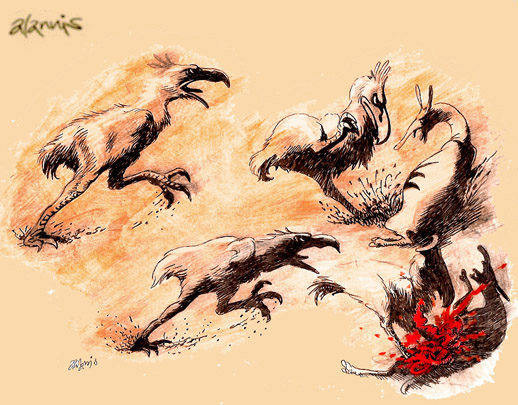
The museum houses spectacular specimens of prehistoric birds that challenge everything we think we know about our feathered friends. Terror birds, massive flightless predators from South America, stood over 10 feet tall and possessed beaks powerful enough to crack skulls like walnuts. The museum’s collection includes fossils of Gastornis, giant birds that roamed European forests 50 million years ago, when the climate was tropical and palm trees grew where the Champs-Élysées now stands. These ancient avians represent a time when birds, not mammals, were the dominant land predators. The specimens remind us that evolution doesn’t always follow predictable paths – sometimes it creates monsters with wings that can’t fly.
The Age of Fishes Revolution
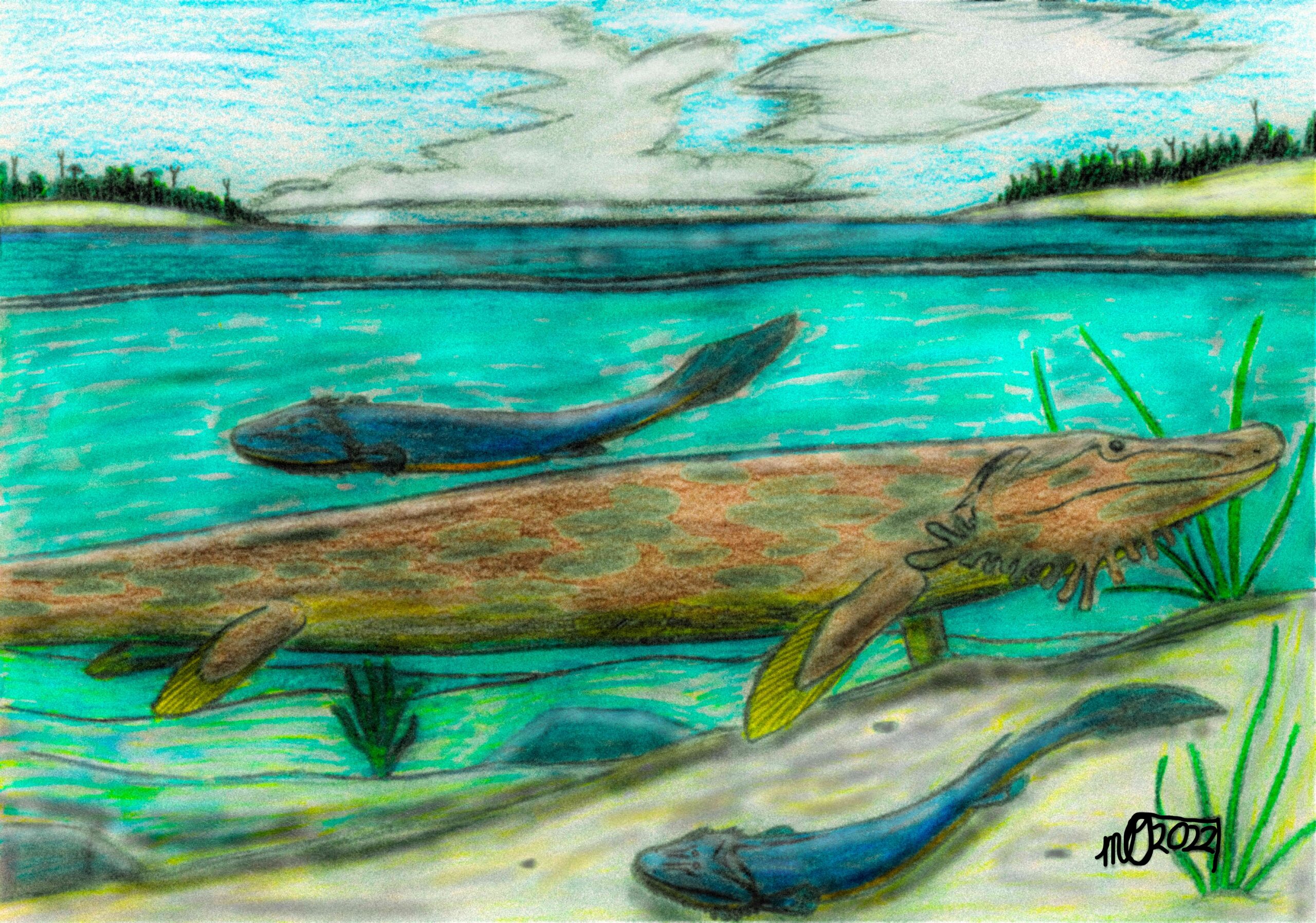
The museum’s fish fossil collection documents one of evolution’s most dramatic experiments – the transition from water to land. Specimens like Tiktaalik show the gradual development of limbs from fins, capturing the moment when life first crawled onto dry land. The collection includes armored fish from the Devonian period, creatures so bizarre they look like swimming tanks with fins. These ancient waters teemed with predators like Dunkleosteus, a massive fish whose jaws could exert a bite force of 11,000 pounds per square inch. The museum’s fish fossils tell the story of how life conquered the oceans before setting its sights on land.
Mammalian Experiments in Prehistoric France
The museum showcases the incredible diversity of prehistoric mammals that once roamed the French countryside, from tiny shrews to elephant-sized ground sloths. The collection includes specimens of Megaloceros, the Irish elk whose antlers spanned 12 feet from tip to tip, making modern deer look like house cats. Ancient horses, no bigger than dogs, grazed in prehistoric French meadows alongside giant beavers and saber-toothed cats. The museum’s mammal fossils reveal that evolution was constantly experimenting with size, shape, and lifestyle, creating creatures that seem almost impossible today. These specimens prove that France has always been home to extraordinary wildlife, just not the kind you’d expect.
The Art of Fossil Preparation
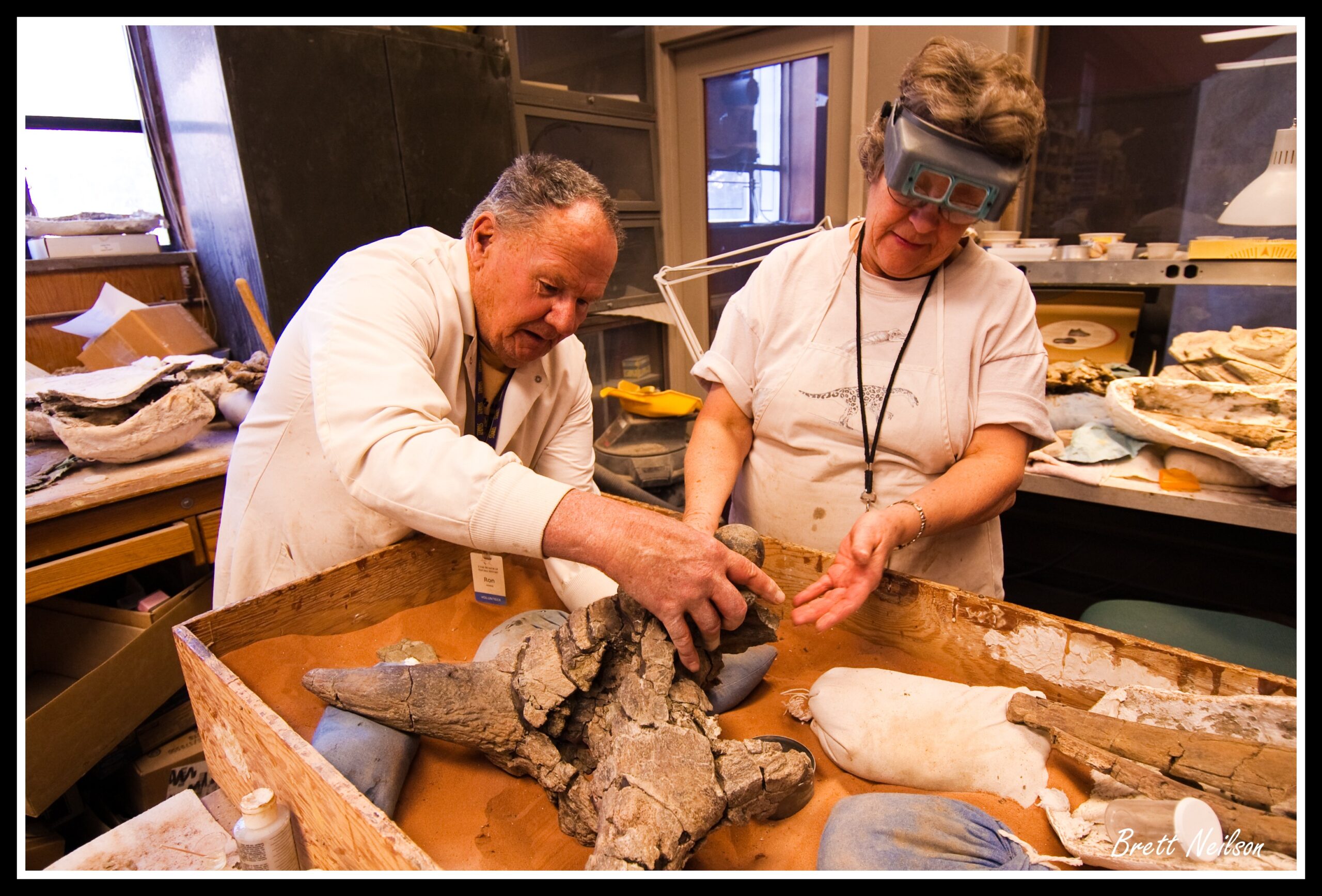
Behind the museum’s stunning displays lies a world of meticulous scientific craftsmanship that transforms chunks of rock into scientific treasures. The museum’s preparation laboratories are where paleontologists spend months carefully removing fossils from their rocky tombs using tools that range from dental picks to powerful acids. This painstaking process can take years for a single specimen, with preparators working grain by grain to reveal bones that haven’t seen daylight for millions of years. The museum often offers glimpses into these labs, where visitors can watch scientists performing fossil surgery with the precision of brain surgeons. The preparation process is so delicate that a single slip can destroy millions of years of evolutionary history in an instant.
Revolutionary Research and New Discoveries
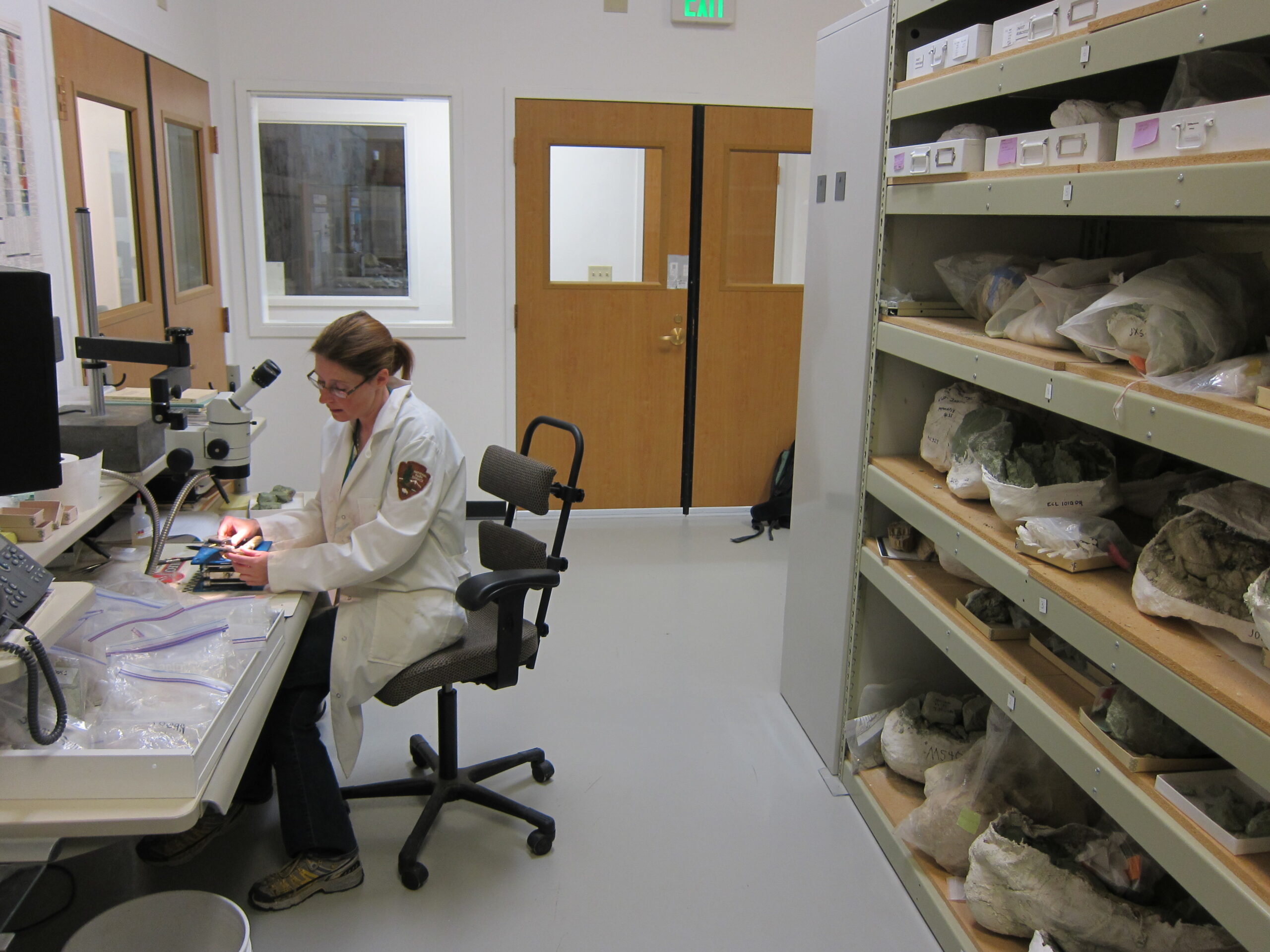
The Muséum d’Histoire Naturelle isn’t just a showcase for old bones – it’s an active research institution that continues to rewrite the story of life on Earth. Scientists working in the museum’s laboratories have discovered new species, identified prehistoric diseases, and even extracted DNA from specimens thousands of years old. The museum’s researchers regularly participate in fossil expeditions worldwide, bringing back specimens that challenge our understanding of evolution and extinction. Recent discoveries include evidence of prehistoric cannibalism, ancient viral infections preserved in bone, and fossils that reveal the true colors of dinosaur feathers. The museum proves that paleontology is far from a dead science – it’s a field that constantly surprises us with new revelations about our planet’s incredible past.
Interactive Experiences That Bring Fossils to Life
Modern technology has transformed the museum experience, allowing visitors to interact with prehistoric worlds in ways that would have seemed impossible just decades ago. Virtual reality stations let you walk alongside dinosaurs, while augmented reality displays show how fossilized skeletons moved when these creatures were alive. The museum’s touch screens provide detailed information about each specimen, including 3D models that visitors can rotate and examine from every angle. Children can participate in mock archaeological digs, discovering replica fossils buried in sand and learning the techniques real paleontologists use in the field. These interactive elements prove that learning about prehistoric life doesn’t have to be a passive experience – it can be an adventure that engages all your senses.
Conservation Challenges in the Modern World
The museum faces constant challenges in preserving its irreplaceable fossil collection for future generations. Climate change, pollution, and the simple passage of time all threaten these ancient specimens that survived millions of years only to face destruction in the modern world. Conservation experts use cutting-edge techniques to stabilize deteriorating fossils, sometimes using space-age polymers and advanced scanning technology to preserve specimens digitally before they crumble to dust. The museum’s conservation laboratories work around the clock to battle the effects of acid rain, temperature fluctuations, and other environmental threats that could destroy these scientific treasures. Every fossil saved is a victory against time itself, ensuring that future generations can continue to learn from Earth’s prehistoric past.
The Future of Fossil Discovery
As technology advances, the Muséum d’Histoire Naturelle continues to push the boundaries of what we can learn from ancient remains. New scanning techniques allow scientists to peer inside fossils without damaging them, revealing soft tissues and internal structures that were previously invisible. Artificial intelligence helps researchers identify patterns in fossil data that human eyes might miss, potentially revolutionizing our understanding of prehistoric ecosystems. The museum’s scientists are also exploring how climate change might reveal new fossil sites as ice melts and sea levels change, potentially uncovering prehistoric worlds that have been hidden for millions of years. The future of paleontology looks brighter than ever, with new discoveries waiting to surprise us just around the corner.
Conclusion

The halls of the Muséum d’Histoire Naturelle hold more than just fossils – they contain the epic story of life itself, written in stone and preserved for anyone curious enough to read it. Each specimen represents millions of years of evolution, extinction, and adaptation that shaped the world we inhabit today. These ancient creatures remind us that humans are just the latest chapter in an ongoing story that began billions of years ago and continues to unfold with each new discovery. What secrets might still be buried beneath our feet, waiting for the next generation of explorers to uncover?

